This article was co-authored by Anthony Stark, EMR. Anthony Stark is a certified EMR (Emergency Medical Responder) in British Columbia, Canada. With over 11 years of experience, he has worked as an industrial medic and provided urban and rural paramedic services. He currently works for Mountain View Safety Services and previously worked for the British Columbia Ambulance Service. Anthony has a Bachelor of Engineering in Electrical, Electronics, and Communications Engineering from the Georgia Institute of Technology. He has completed the EMP Canada EMT Course and Swiftwater Awareness Training associated with the British Columbia Ambulance Service.
There are 7 references cited in this article, which can be found at the bottom of the page.
This article has been viewed 150,470 times.
The recovery position is used for people who are unconscious but breathing. The recovery position is different for infants. After you do basic first aid, and if you're sure that the person does not have a spinal or neck injury, put someone in the recovery position. You may save a life by implementing these simple measures.
Steps
Putting an Adult in the Recovery Position
-
1Check for breathing and consciousness. Before you decide to put someone in the recovery position, it's important that you take a moment to assess the situation. Check to see if the person is unconscious, but breathing, and has no other life-threatening conditions. Talk to the person to assess if he is responsive. Check for breathing by placing your cheek near the nose and mouth of the person to feel his breath.[1]
- If the person is breathing and unconscious or semi-conscious, you can place him in the recovery position.
-
2Consider possible spinal injuries. If you suspect the person has a spinal injury, do not attempt to move her until the paramedics arrive. If she is struggling to breathe and it is necessary to open her airway, place your hands on either side of her face, and gently lift her jaw upwards. Be careful not to move her neck. Spinal injuries may be present if the person:[2]
- Has suffered a head injury, a major blow to the back of the head, a fall from a height between five and ten feet, and is (or has been) unconscious.
- Complains of severe pain in her neck or back.
- Won't move her neck.
- Feels weak, numb or paralysed.
- Has twisted her neck or back.
- Has lost control of her limbs, bladder or bowels.[3]
Advertisement -
3Position the arms and legs. Once you have established that it is safe to put him into the recovery position, kneel down to one side of him so you can position the arms. Place the arm nearest to you at a right angle to his body, so the elbow is towards you. The palm should be facing up and in front of the head.
-
4Roll her over towards you. When you have positioned the arms and legs, you can gently roll her onto her side. Take hold of the raised knee, and carefully pull it towards you and down. Ensure that the hand you placed under the head stays there and supports the head. Be slow and careful to ensure you do not bang the head against the ground.[6]
- The arm you extended out a right angle will stop her from rolling over any further. Rolling too far can block free expansion of the chest and impede breathing.
- You can also roll the person by grabbing her firmly by the hip — either by a belt or the waistband of her pants, or by a front pocket — and pulling, with one hand on the shoulder farthest from you for stabilization.
-
5Open the airway. Once you have rolled the person over, and ensured that he is secure and the head is supported, you can open the airway a little. To do this, gently tilt the head back and lift the chin. Check that the airway is clear of any blockages.[7]
- Continue to monitor his pulse and breathing while you wait for help to arrive.
- Cover him with a blanket or coat to keep him warm.
Putting an Infant into the Recovery Position
-
1Place the infant face down over your arm. The recovery position for an infant, a baby under one year old, is different. You should begin by carefully laying the infant over your arm, face down, and at a slight angle. The infant's head should be slightly lower than the body.[8]
- Try to keep the elevation of the body above the head no more than five degrees. This keeps the baby from aspirating any fluids/blockages and encourages drainage.
-
2Support the neck and head. When you lay the infant on your arm, you should be sure to support the neck and head with your other hand. So, if you are laying the infant over your left arm, place your right hand under her head and neck to support it.[9]
-
3Keep the mouth and nose clear. When you supporting the infant's head, it's essential that you do not block the mouth and nose unwittingly. Note where your fingers are, and double-check that the infant can breathe.[10]
-
4Wait for help. Once you have placed the infant into the recovery position, monitor her breathing and wait for medical help to arrive. If the infant stops breathing at any point you may have to perform CPR.[11]
Expert Q&A
-
QuestionShould you put a person in a recovery position if they are unconscious?
 Jonas DeMuro, MDDr. DeMuro is a board certified Pediatric Critical Care Surgeon in New York. He received his MD from Stony Brook University School of Medicine in 1996. He completed his fellowship in Surgical Critical Care at North Shore-Long Island Jewish Health System and was a previous American College of Surgeons (ACS) Fellow.
Jonas DeMuro, MDDr. DeMuro is a board certified Pediatric Critical Care Surgeon in New York. He received his MD from Stony Brook University School of Medicine in 1996. He completed his fellowship in Surgical Critical Care at North Shore-Long Island Jewish Health System and was a previous American College of Surgeons (ACS) Fellow.
Board Certified Critical Care Surgeon If someone is unconscious, they should be given CPR and rescue breaths, but first you should assess them for a pulse and breathing. If they need CPR or rescue breaths, activate 911 immediately, and proceed with CPR.
If someone is unconscious, they should be given CPR and rescue breaths, but first you should assess them for a pulse and breathing. If they need CPR or rescue breaths, activate 911 immediately, and proceed with CPR. -
QuestionShould you put them in a recovery position if they just had a seizure?
 Jonas DeMuro, MDDr. DeMuro is a board certified Pediatric Critical Care Surgeon in New York. He received his MD from Stony Brook University School of Medicine in 1996. He completed his fellowship in Surgical Critical Care at North Shore-Long Island Jewish Health System and was a previous American College of Surgeons (ACS) Fellow.
Jonas DeMuro, MDDr. DeMuro is a board certified Pediatric Critical Care Surgeon in New York. He received his MD from Stony Brook University School of Medicine in 1996. He completed his fellowship in Surgical Critical Care at North Shore-Long Island Jewish Health System and was a previous American College of Surgeons (ACS) Fellow.
Board Certified Critical Care Surgeon If the had a seizure, 911 should be activated as well, and then they can be put in the recovery position.
If the had a seizure, 911 should be activated as well, and then they can be put in the recovery position.
Warnings
- It is worth repeating that, should you suspect a spine or neck injury, do not attempt to move the person.⧼thumbs_response⧽
References
- ↑ https://www.nhs.uk/conditions/first-aid/after-an-accident/
- ↑ https://www.betterhealth.vic.gov.au/health/conditionsandtreatments/head-and-spinal-injuries-first-aid#spinal-injuries
- ↑ http://www.nhs.uk/Conditions/Accidents-and-first-aid/Pages/The-recovery-position.aspx
- ↑ http://www.nhs.uk/Conditions/Accidents-and-first-aid/Pages/The-recovery-position.aspx
- ↑ https://www.sja.org.uk/get-advice/first-aid-advice/unresponsive-casualty/how-to-do-the-recovery-position/
- ↑ https://www.sja.org.uk/get-advice/first-aid-advice/unresponsive-casualty/how-to-do-the-recovery-position/
- ↑ https://www.healthywa.wa.gov.au/Articles/A_E/DRSABCD-action-plan
- ↑ https://www.health.harvard.edu/staying-healthy/emergencies-and-first-aid-recovery-position
- ↑ https://www.health.harvard.edu/staying-healthy/emergencies-and-first-aid-recovery-position

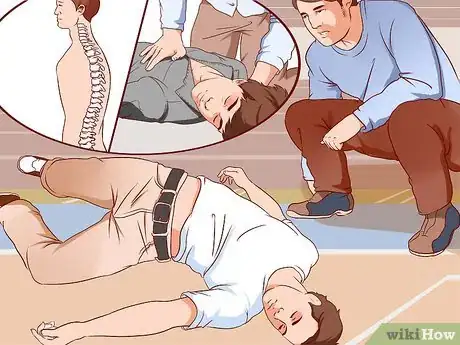
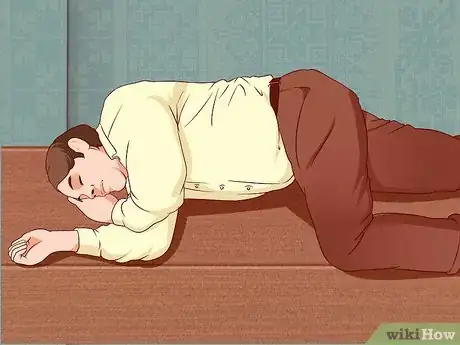

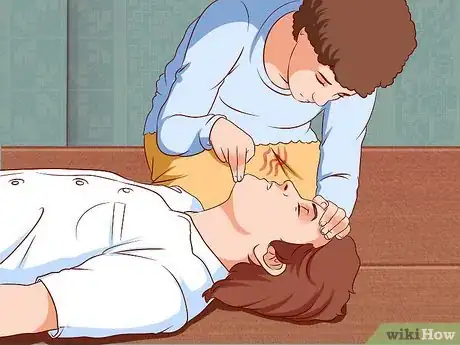

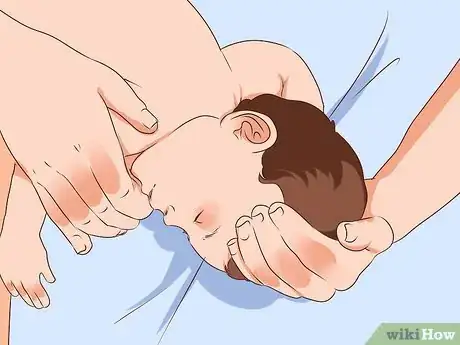

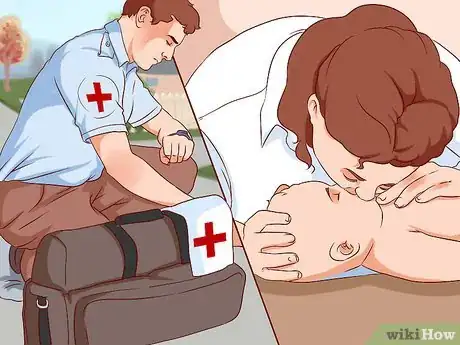

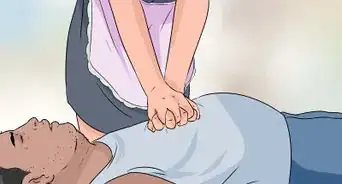


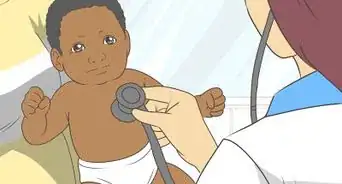


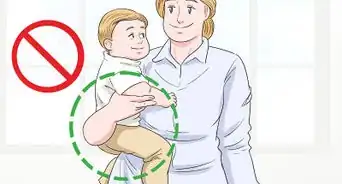




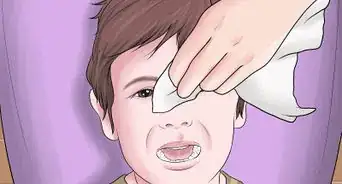









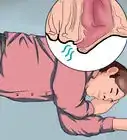

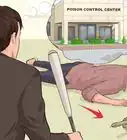




































Medical Disclaimer
The content of this article is not intended to be a substitute for professional medical advice, examination, diagnosis, or treatment. You should always contact your doctor or other qualified healthcare professional before starting, changing, or stopping any kind of health treatment.
Read More...